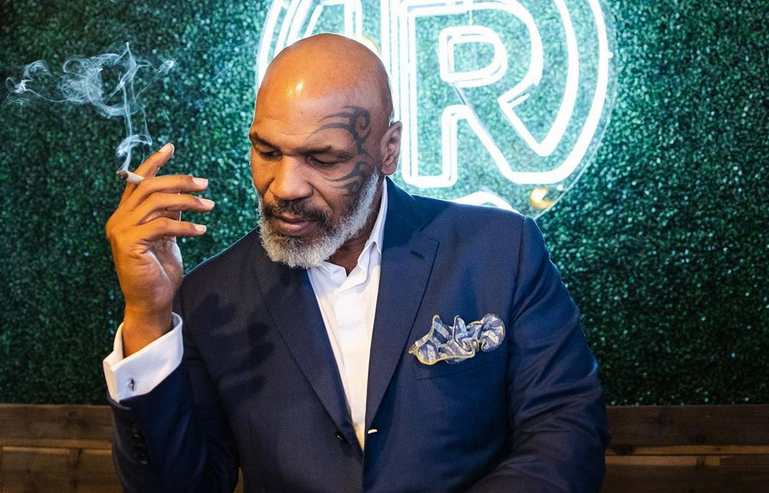Everything is a conspiracy nowadays: 9/11, Sandy Hook, Malaysia Airlines Flight 370, Prince’s death, and even Beyoncé’s pregnancy.
These sort of beliefs were once supposedly only held by people society would consider nut jobs. Wackos wearing tin foil hats. But these wild ways of looking at the world seem to be accepted by more and more people. That’s partly because facts just don’t hold the same weight that they used to. The Trump campaign is a prime example. He can rattle off fear-mongering lies about crime and immigration, and even when debunked, his supporters will still believe him. Reality doesn’t seem to matter anymore.
But what if some conspiracy theories are true? What if a nation created a foreign super villain in order to avoid a war it couldn’t win? What if a bitter feud between two key figures had devastating global repercussions that lasted decades? What if we were living in a make-believe world, and no matter what we did, we couldn’t escape it?
These are just some of the mentally-stimulating ideas explored in Adam Curtis’ educational film HyperNormalisation. Admittedly, some readers might now be thinking, “This sounds like bullshit.” But for two hours and 45 minutes, Curtis presents a sober, non-sensationalistic analysis of events from the last 40 years. Starting in 1975, he breaks down how financial institutions took power away from politicians and put into motion—via computers—a system not interested in social change for the better but in maintaining stability and avoiding risks.
He also traces the origins of one of our nation’s biggest fears. When Secretary of State Henry Kissinger’s negotiating tactics during Middle East peace talks angered Syrian leader Hafez al-Assad and the Israeli-Arab conflict got worse, a deep feeling of resentment mutated into revenge as Syria began funding a radical new form of terrorism in the ’80s—suicide bombing. Rather than combat this violent problem head on, the United States retreated and instead recruited Libya’s Muammar Gaddafi, who at the time had no real clout, to act as the boogeyman that the U.S. was going to defeat. (All this occurred under President Ronald Reagan, an ex-Hollywood star, ironically enough.) The U.S. condemned Gaddafi, who took responsibility for terrorist attacks that other countries investigating the crimes said Libya didn’t actually commit.
By the time the uproar over Iraq’s supposed WMD rolled around in 2003, American citizens had long sensed that something wasn’t right with what the government told them. The stock market crash of 2008 further sparked outrage as the rich, powerful and corrupt escaped any real punishment. In response, the Occupy movement spread across the globe. The Egyptian uprising of 2011, in which participants communicated through Facebook, demonstrated that protestors could mobilize without the need of any one particular leader, but also that, without a clear idea or vision, revolutions will ultimately fail.
Curtis explains that politics could once be used to give the weak a voice against the powerful. But in this post-political world where we went from collectivism to an age of individualism, we are essentially living in bubbles. The real world is too complex, so everything has been simplified in order for us to feel secure. Social media, which is regulated by corporations, utilizes filters and algorithms to figure out what we like and then feed us more of the same. We do not notice that we are isolated from other information and that our pre-existing beliefs are no longer challenged. When the election pisses off liberals or riles up conservatives, we spend most of our time online only communicating with people who already agree with us, and disparaging those who don’t.
Meanwhile, those in power invent new lies on top of old lies to detach us from reality. When, in plain sight, the government tested new, advanced weapons that were witnessed by citizens, officials leaked forged documents that claimed UFOs were in fact real, and let those falsified papers spread like wildfire in the ’90s. People not only thought they were seeing actual spaceships, but they now also believed that conspiracy theories could indeed be real. The goal is to distract you by blurring fact and fiction, to manipulate your perception of the world so you’re never sure what is really happening. The endgame is to try to shape your thoughts, so they can control your destiny.
Granted, some of what is presented in HyperNormalisation can be argued against, and it probably should. But the point it makes, that not enough people have an alternative to the system that currently exists, should not be glossed over if we truly want a future that we can all look forward to.











